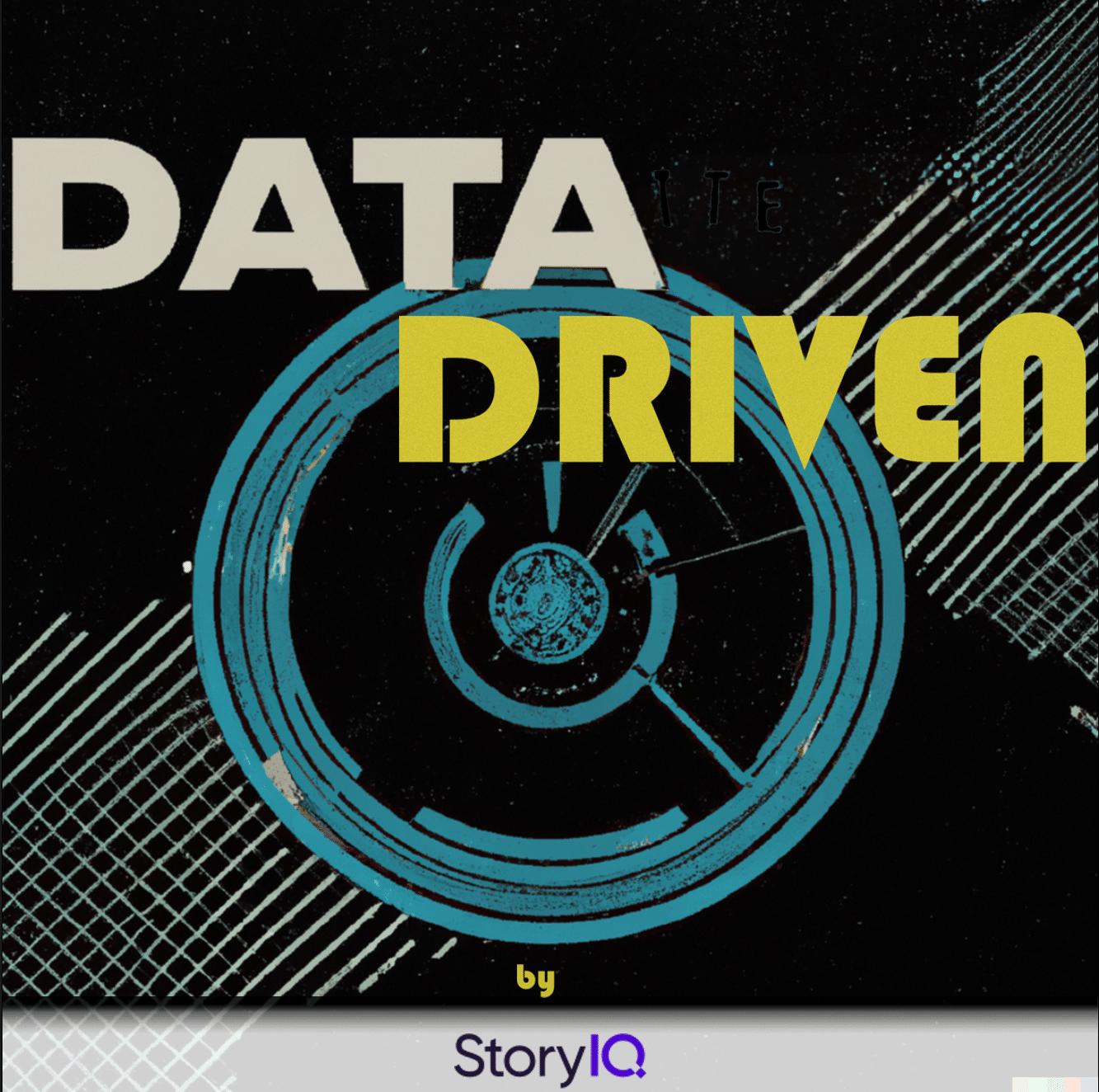How psychology, consulting, & sales impacts data storytelling — Mrinal Daryani // Salesforce
- Part 1Why data storytelling is safe from automation — Mrinal Daryani // Salesforce
- Part 2 How psychology, consulting, & sales impacts data storytelling — Mrinal Daryani // Salesforce
Show Notes
-
1:58The principle of presenting with the end in mindConsulting principle 1, start with the end in mind using the executive summary format
-
4:56Start with your most important messageConsider the pyramid principle
-
12:59Confirmation bias and how to overcome itConfirmation bias, what people hear and what they want to hear plus one practical tip to overcome confirmation bias
-
17:50How to deal with contentious topicsAdapting in real-time to a contentious topic
-
23:03How do you apply rejection to data storytelling?First tip, be comfortable with rejection, then get creative with how you benchmark
Quotes
-
“You want to start with the ending in mind. By starting with the end in mind, the audience immediately understands the purpose and key message, ensuring they grasp the most important information even if they have limited attention or time. This approach helps capture the audience's attention, sets the tone for the rest of the presentation, and ensures that the main recommendation is remembered.”
-
“If you're starting with the solution in mind and working backwards, theres a good chance that you're going to be biased and potentially miss things. While bias is a risk, starting with the end goal in mind, you can minimize wasted time and effort on irrelevant data and focus on gathering relevant information that supports the recommended solution.”
-
“The pyramid principle is when you lead out with your most important information first. This principle helps avoid overwhelming the audience with unnecessary details and allows them to make informed decisions based on the essential information provided.”
-
“Be comfortable with rejection. It's the data set, the deck that you've built, however beautiful, is not your baby.”
-
“Get creative with how you benchmark. Look at what's available online for what's common in the industry. Look for what's personally that you can pull from your competitor. Make some assumptions, do some back-of-the-napkin calculations for how your competitor's solving the same issue and bring that benchmark side by side.”
-
“Data-driven presentations instill credibility, as they provide evidence, objectivity, and factual support for arguments. By including relevant data points, statistics, and visualizations, data storytellers can enhance the persuasiveness of their narratives and inspire trust in their audience. Using data as a foundation strengthens the overall impact of the storytelling process.”
- Part 1Why data storytelling is safe from automation — Mrinal Daryani // Salesforce
- Part 2 How psychology, consulting, & sales impacts data storytelling — Mrinal Daryani // Salesforce
Up Next:
-
Part 1Why data storytelling is safe from automation — Mrinal Daryani // Salesforce
Enterprise Account Executive at Salesforce, Mrinal Daryani, joins Dominic Bohand to discuss why data storytelling is safe from automation. Salesforce, headquartered in San Francisco, California, provides customer relationship management software and applications focused on sales, customer service, marketing automation, e-commerce, analytics, and application development.
Play Podcast -
Part 2How psychology, consulting, & sales impacts data storytelling — Mrinal Daryani // Salesforce
Enterprise Account Executive at Salesforce, Mrinal Daryani, is back today with Dominic Bohan to discuss how psychology, consulting, & sales impacts data storytelling. Salesforce, headquartered in San Francisco, California, provides customer relationship management software and applications focused on sales, customer service, marketing automation, e-commerce, analytics, and application development.




